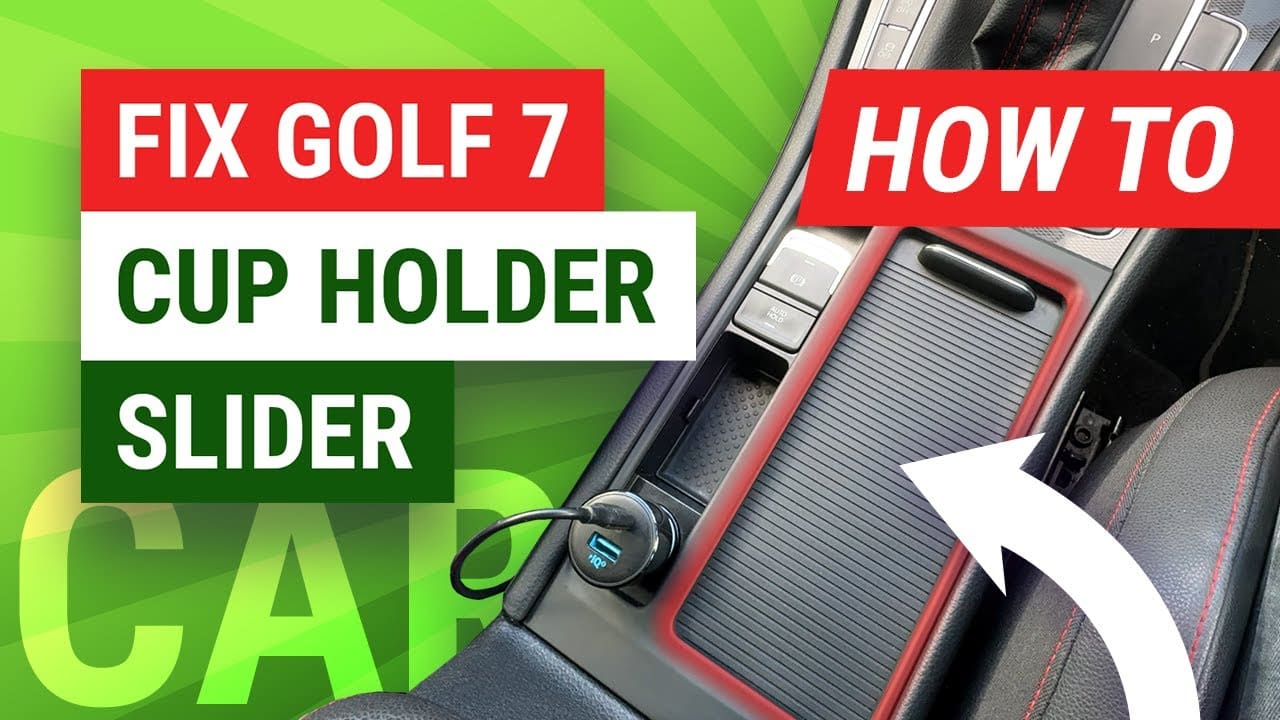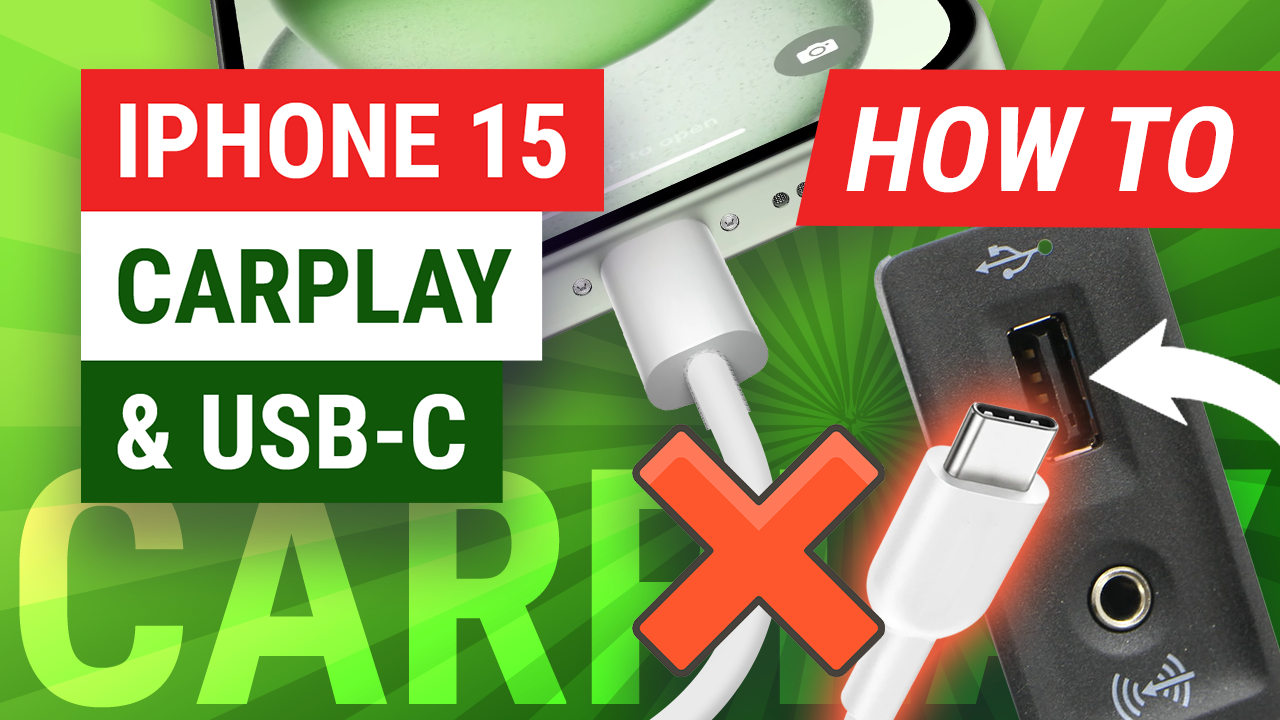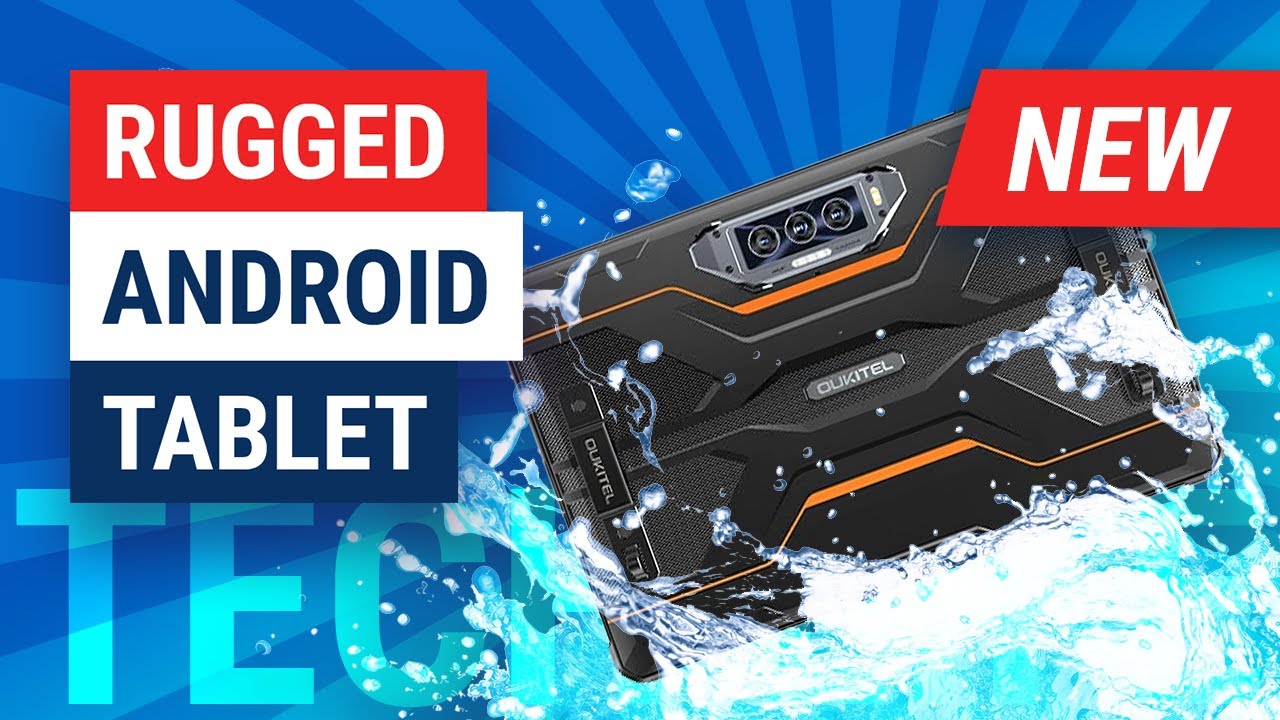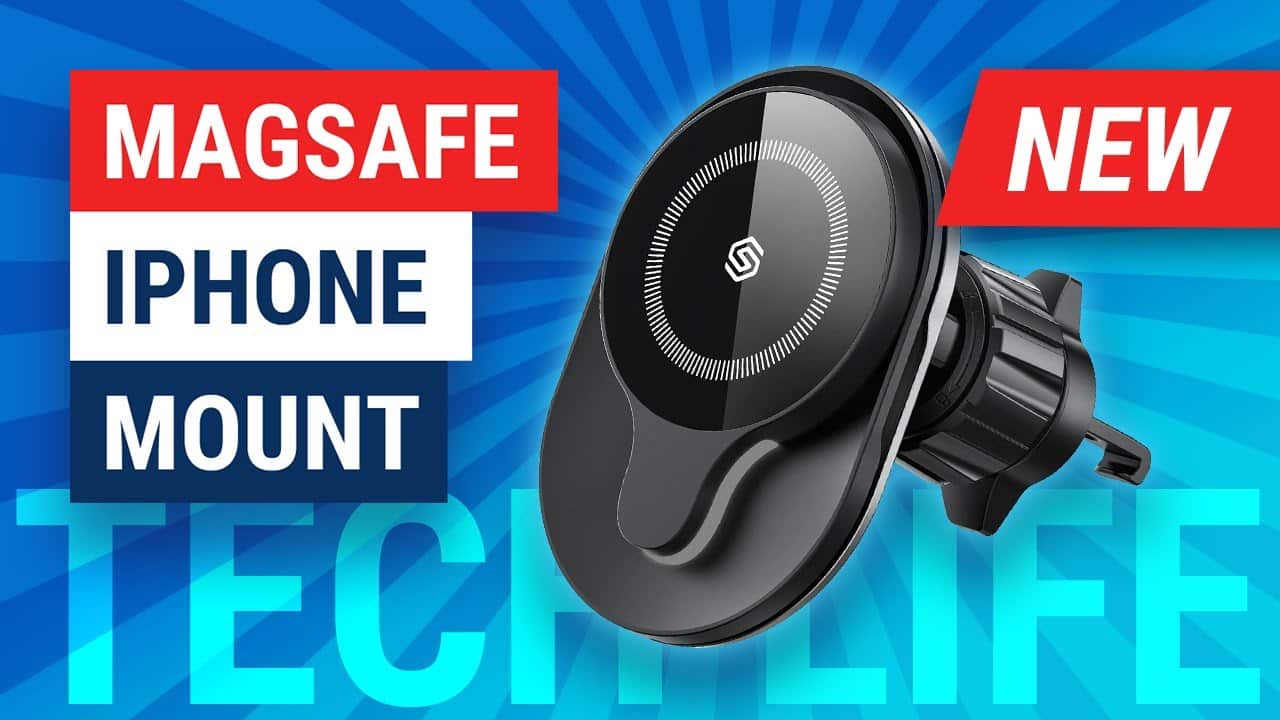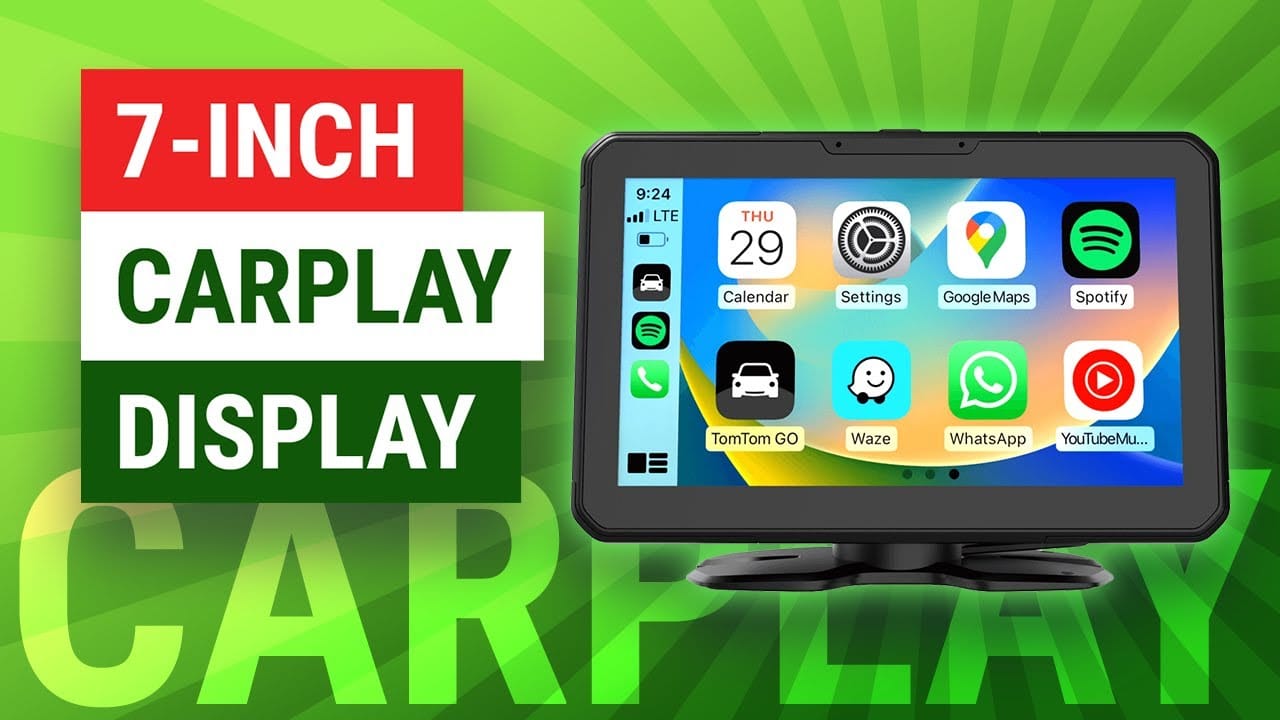Over the years, technology has been been able to shrink digital camera lenses so small that the lens in your smartphone can now rival some of the best professional digital cameras out there.
Dedicated camera sales have taken a huge dive over the years, as consumers favour the convenience of their smartphone camera over a traditional point-and-shoot camera, for taking photos and videos.
Convenience aside, there are still some situations in life where you wouldn’t want to risk your smartphone, costing hundreds of dollars, from being damaged whilst shooting video or taking photos. Adventure or mountable cameras, for example, are still a great way to capture ‘the moment’ without fear of breaking your precious smartphone. I’ve recently got my hands on one of the smallest mini DV cameras I’ve seen, the $13.99 (£10.57) Quelima SQ12 Sports 1080p Mini DV Camera from GearBest.com.

Out of the box, I was still not ready for how small this camera really is. Measuring at a mere 2.20 x 2.24 x 2.20 cm (LxWxH) and weighing in a mear 18 grams, the SQ12 is certainly a size that can be packed, mounted or strap anywhere you like in order to capture photos in 12 megapixel resolution (4032 x 3024), and H.264 AVI videos in 720p or 1080p at 30fps.
Also in the box you’ll find a crocodile clip, of which to attach the camera on to buckles, belts, straps or anything it can get its jaws around. Also there is a screen mounting plate which can be stuck onto a windscreen or flat surface to also attach the camera on to. This fixture is ideal if you want to add a tiny and discreet dashboard camera in your car, without the need of cable clutter, thanks to its rechargeable internal battery.
Powering up the SQ12 takes around 2 hours via plugging in its all-in-one media cable, which consists of a single yellow Video RCA plug and a USB for data and charging. Once powered, the SQ12 will last for around 60 minutes. This is enough for a short commute to work in the car or bike, or to capture a downhill bike/ski/snowboard run, or anything else you would want to capture photos or video onto an inserted SD card of up to 32GB.

With only two buttons on this tiny device, and no visual display, everything to do with operating the camera’s main functions are displayed by a tiny LED light, which displays a combination of red and/or blue light to tell you if it is powered, recording and what mode it is recording.
After some careful reading of its one page instruction manual, I still wasn’t sure exactly what I was recording and whether it even was recording. It would have been much better if you also had audio beeps to confirm modes and functions.
The process of recording sounds simple, but even for someone technical, it really isn’t! You first ‘simply’ hold the power button down to turn it on, which lights up the blue LED. Then you press (or hold) the mode button to switch between a modes (720p, 1080p video, 12mpix photo mode, a night recording mode or detection mode) then press the power button again to begin recording, which in turn turns the LED off (?!) This seems simple, but in practice, it’s the most counter-intuitive and confusing piece of technology I’ve ever experienced.
So once you have this camera recording, you have no idea if it’s still recording, because all the lights are off. It’s until you get back to your desktop, plug in the SD card or plug in the camera directly into a USB slot, and browse through the many 5-minute captures of video it has recorded or individual photos.
 1080p still of video capture – Click to view full resolution
1080p still of video capture – Click to view full resolution
 12MP photo capture – Click to view full resolution
12MP photo capture – Click to view full resolution
For a camera costing $14, don’t expect the kind of image quality you’ve come to expect from smartphones today. Think more the quality from flip phones from the early 2000s. The camera maybe be bigger than the camera circuits in your smartphone, but the components and image sensor is of a low quality, and for the price this is expected.
The sensor’s output quality is ok. But its video quality isn’t something you would want to share on YouTube or Facebook. With its 155-degree field of view lens and loop-cycle recording, as dash camera the SQ12 could prove useful, as detail isn’t as required. High intensity light can bleed and oversaturate colours, producing a very flat image overall. Photos mirror the same issues, with images having no depth and appear very flat. Shadows and highlights bleed into a generally flat picture that lack any detail, which again, you wouldn’t want to share with friends or online.
It’s a good that the Quelima SQ12 doesn’t break the bank. If you like to play around with its size as a hidden camera, or use its motion detection and night vision, the SQ12 has some purpose for some people. But I feel if you stretched your wallet a little further, you wouldn’t be far from a DV camera that could provide a much better image quality output for your dollar, that you would at least be happy to keep.










